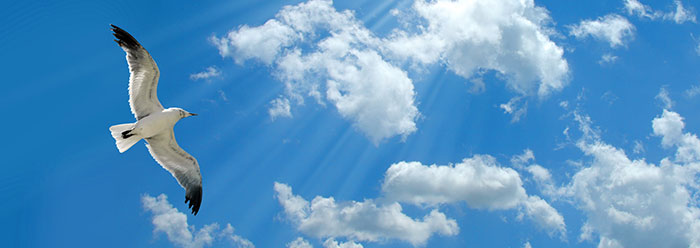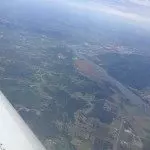by Brian Thomas, M.S.
The Wright brothers studied wing structures of seabirds before building their first airplane, and the first helicopter is said to have been inspired by dragonfly flight. Today, inventors continue this tradition, focusing on bio-inspired flight sensors. A series of telling admissions in a recent summary of state-of-the-art research leave no doubt about the origins of flight-ready sensors.
Gusts of wind tend to blow small, man-made flying machines called Micro Air Vehicles (MAVs) off course—or knock them out of the sky altogether. But insects and birds fare much better. What keeps them so stable? A team of inventors from Australia, publishing in the journal Progress in Aerospace Sciences, recently summarized their progress in the ongoing search for flight-stabilizing sensor technologies in flying animals.1
Biologists continue to uncover exquisite design in natural flight sensors—devices like mechanoreceptors that send sophisticated information to an insect’s brain about the visual field, airflow, inertia, and wing-load pressure. Investigations have revealed that most or perhaps all natural sensors multitask. A single biological sensor can detect, integrate, and send multiple messages to the creature’s brain. But when it comes to identifying who or what developed these hi-tech sensors, this journal report conveys contradicting messages.
On one hand, the study authors credited evolution. They wrote, “Nature’s fliers have evolved to fly successfully close to the ground in turbulent conditions thus it is sensible to turn to nature for design cues.”1
But could unguided nature really perform the tasks necessary to develop just the right aeronautical sensors to enable creatures to steady their flight in turbulent air? …Continue reading HERE.
To learn more about the Genius of Bird Flight, watch this awesome DVD and Trailer:






